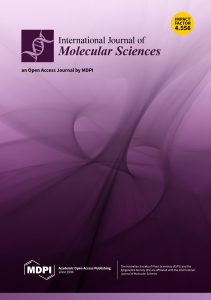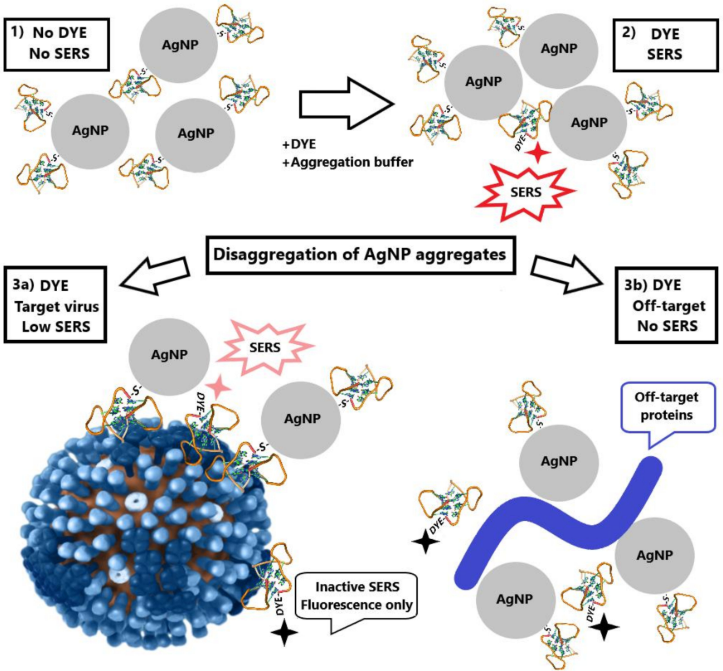SERS-Based Colloidal Aptasensors for Quantitative Determination of Influenza Virus

Nowadays, the most urgent global problem is the viral pandemic of COVID-19, which has caused severe damage to public health and the world economy. In dealing with the pandemic, we have been facing a serious technological setback – the absence of rapid, accurate, and affordable diagnostic tools. The existing polymerase chain reaction (PCR) method of qualitative and quantitative estimation of viral genomes is very accurate and sensitive. However, the entire procedure takes several hours. Hence, as a promising alternative, biosensors with aptamers used as recognition elements have become of great interest in virus detection.
Our colleagues demonstrated a possible solution to the problem in their article “SERS-Based Colloidal Aptasensors for Quantitative Determination of Influenza Virus” published in the International Journal of Molecular Sciences. They used colloidal silver nanoparticles (AgNPs) as an integral component of a novel SERS-based aptasensor devised for the quantitative assessment of influenza A viruses.
In creating aptasensors on the basis of colloidal AgNPs, the scientists utilized two types of DNA aptamers to influenza hemagglutinin – the primary aptamers for functionalization of silver and the secondary aptamers to provide an analytical signal. The SERS signal (25 repeats) was acquired with a handheld Raman analyzer RaPort at the laser excitation wavelength of 532 nm, and the functional activity of the influenza viruses was evaluated by hemagglutination assay.
The authors showed that in the presence of aptamer-targeted viruses, the SERS signal is high, whereas, at the occurrence of aptamer-off-targeted viruses, it is absent. It was presumed that, in the first case, AgNPs are organized into the aptamer-targeted viral particles, preserving the SERS signal, while in the second case, the marked aptamers are removed from proximity to AgNPs due to the non-specific interactions of AgNPs with biological molecules (aptamer-off-targeted).
Therefore, the scientists describe the new technique of the quantitative estimation of influenza A viruses, which enables rapid diagnosis owing to short analysis time (under 15 min) and straightforward sample preparation. Employing colloidal AgNPs has several advantages. It is an inexpensive and uncomplicated one-pot synthesis requiring no high-tech equipment. Moreover, the colloidal AgNPs are surrounded by an aqueous homogenous medium that decreases heterogeneity in the distribution of substances.
Figure 1. Schematic representation of the aptasensor setup. Aptamer-functionalized AgNPs (1) are mixed with the marked aptamers in buffered saline, creating AgNP aggregates (2). The aggregates are intermixed with target viruses (3a), resulting in weaker SERS signals, or with off-target biologicals (3b), losing the SERS effect due to the elimination of the marked aptamer from AgNP aggregates. Adopted from here.

